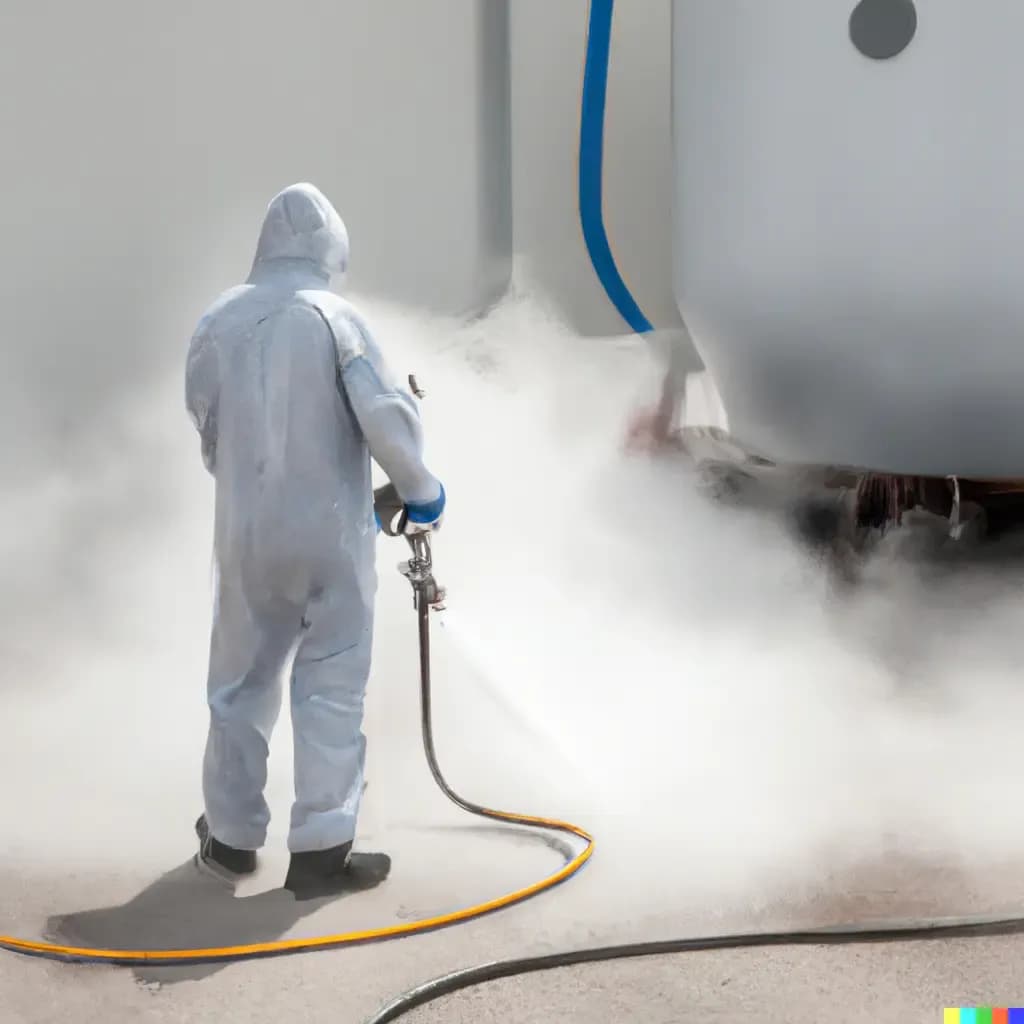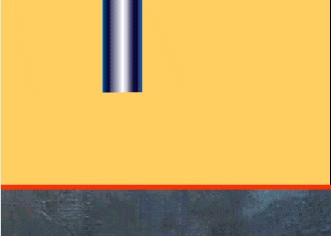Discover more about us and the team that’s revolutionizing dry ice blasting in India and globally.
Explore Our Advanced Dry Ice Blasting Technology – Powering Unmatched Performance and Precision
Professional Dry Ice Blasting Services – Delivering Effective, On-Site Cleaning Solutions Tailored to Your Needs
Exceptional After-Sales Service and Support – Ensuring Long-Term Performance and Customer Satisfaction
Reliable Scheduled Dry Ice Supply – Ensuring Consistent Delivery for Your Operational Needs
What is Dry Ice Blasting?


How Does Dry Ice Blasting Work?
Dry ice blasting involves propelling pellets at extremely high speeds. Upon impact, the pellet sublimates almost immediately, transferring minimal kinetic energy to the surface on impact and producing minimal abrasion. The sublimation process absorbs a large volume of heat from the surface, producing shear stresses due to thermal shock. This is assumed to improve cleaning as the top layer of dirt or contaminant is expected to transfer more heat than the underlying substrate and flake off more easily. The efficiency and effectiveness of this process depends on the thermal conductivity of the substrate and contaminant. The rapid change in state from solid to gas also causes microscopic shock waves, which are also thought to assist in removing the contaminant.
The Three Cleaning Actions of Dry Ice Blasting:

1. Dry Ice Pellets’ Kinetic Energy Transfer
Dry ice pellets are propelled out of the blasting gun at supersonic speed and impact the surface. The energy transfer knocks off the contaminant without abrasion. The force of this impact is the primary means of cleaning.
2. Micro-Thermal Shock Effect
The cold temperature of the dry ice pellets hitting the contaminant creates a micro-thermal shock (caused by the low dry ice temperature) between the surface contaminant and the substrate. Cracking and delaminating of the contaminant occurs furthering the elimination process.
3. Rapid Gas Expansion
The final phase has the dry ice pellet explode on impact, and as the pellet warms it converts to a harmless CO2 gas which expands rapidly underneath the contaminant surface. This forces off the contaminant from behind. The contaminant is then relocated, typically falling to the ground. Since the dry ice evaporates, only the contaminant is left for disposal.
